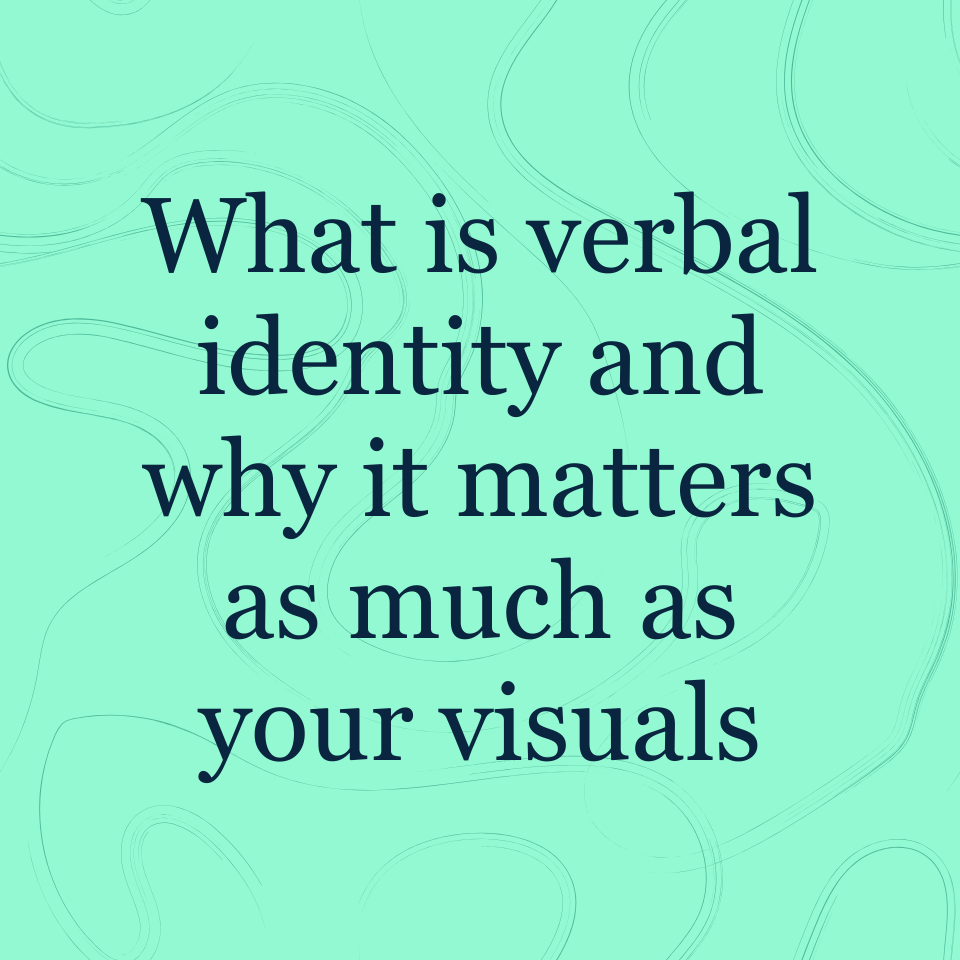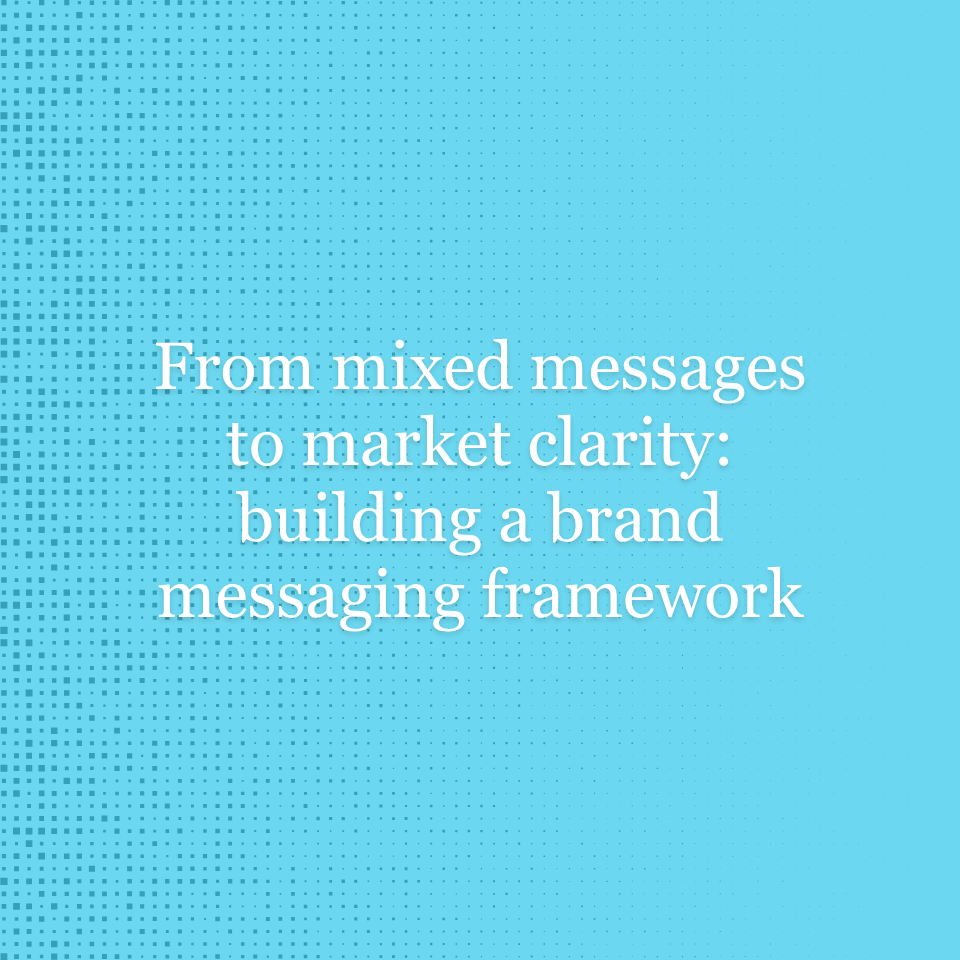Brand resonance, along with distinctiveness and Brand Integrity, is one of the three primary ways that brands contribute value to the business. Resonance is what makes us feel connected to the brands we choose - through shared values, common causes, and communities of fans. We as consumers and decision makers experience resonant brands more as emotions than through a rational thought process.
In other words, resonant brands make us feel. Those feelings translate into choice, loyalty, and profitability, but they start with an emotional connection. There’s a real, measurable return for brands that build an emotional connection and those that merely achieve customer satisfaction. According to HBR, customers with an emotional connection with a brand are 52% more valuable than highly satisfied customers.

Considering the high cost of reaching, acquiring, and keeping a customer happy, the additional value of emotional resonance can make all the difference between surviving, being profitable, and achieving growth.
Just because resonance is an emotional dimension of brand doesn't mean that there isn’t a systematic, and well-tested means to evaluate just where your current marketing stands today. We use this spectrum as a tool to consider just how a brand weighs the emotional and transactional relationships with customers.
Brand resonance spectrum

There are B2C and B2B brand examples that demonstrate these differences – even brands with similar value propositions, customer bases, and products.

Here’s how we put these principles into practice when evaluating opportunities for a brand to build resonance:
Emotional & interconnected: Start by considering your brand in a human context – we’re always human, we’re not always consumers. Walking through these questions can open eyes and opportunity to new ways to create value for your internal and external audiences.
- My values: What does choosing your brand say about me?
- What are the causes and principles on which you are uncompromising? What your audiences can rely on you to always uphold?
- How do your audiences learn about what you stand for – and where it aligns with the values they care about?
- My life: Who is in the community I’m joining by choosing your brand?
- In what ways do you represent the life experiences of the people who buy your products?
- How are you adding value and richness to the relationships that matter most to them?
- My world: How are you helping me change my world?
- Where does your brand stand on the trends and movements that shape your audiences’ worlds?
- If you were to commit to being a force for good, or a positive cultural influence, how will the world be better for it?
Transactional & comparative: Most businesses tend to start here because it’s where they have the most confidence in their data, i.e., what’s in the product pipeline, M&A plans, and required profit margins. In reality, the resonance brands can establish with their audiences is often the biggest difference between a viable profit margin or a successful category entry and a failure.
- Your category: Where do your audiences see your brand among peers?
- Not what category you intend to position yourself in, or the companies with whom you’d like to be compared, but the actual associations people carry about your brand.
- Your product: What does your product do – and how does it compare to the competition?
- Often, the biggest competitor is the status quo – how does your product compare to doing nothing at all?
- Your offer: What is being offered for the asking price?
- Not a benefit or a promise, but the literal exchange.
Once you’ve looked at your brand through each of the above lenses, it’s time for reflection:
- Looking across your brand expression – in design, messaging, engagement – how are you conveying to your audiences the things that fall on the left of the brand resonance spectrum?
- Considering your annual brand-building and brand-adjacent budgets – for marketing, production, internal communications, brand culture – how would you weigh the two sides of the spectrum?
The goal here isn’t to be on the “right” or “wrong” side of brand resonance. Ultimately, brand resonance is about seeing the choices and engagement around your brand from the perspective of a real human being. Applying it intentionally is a step toward making your brand a multiplier for your business.





